In our journey through medical advancements, antibiotics have been heralded as miracle workers, turning once-deadly infections into treatable conditions. However, lurking in the shadows of these triumphs is a formidable adversary: antibiotic resistance. This phenomenon is not just a medical curiosity; it’s a burgeoning threat to public health that could dismantle decades of progress in the fight against infectious diseases.
As we delve into this topic, we’ll unravel the complexities of antibiotic resistance, shedding light on how it emerges and evolves. Our goal is to peel back the layers of this growing challenge, providing you with a comprehensive understanding of why it’s a concern and how it affects us all. So, let’s embark on this enlightening journey together, exploring the mechanisms of antibiotic resistance and its implications for our health and future.
What is Antibiotic Resistance?
Imagine you’re in a battle, and each time you encounter your enemy, they learn and adapt, becoming more resilient against your strategies. This scenario mirrors the reality of antibiotic resistance in the microbial world. Antibiotic resistance occurs when bacteria evolve in response to the use of medicines meant to kill them. These microscopic warriors become adept at surviving and even thriving in the presence of drugs designed to eliminate them.
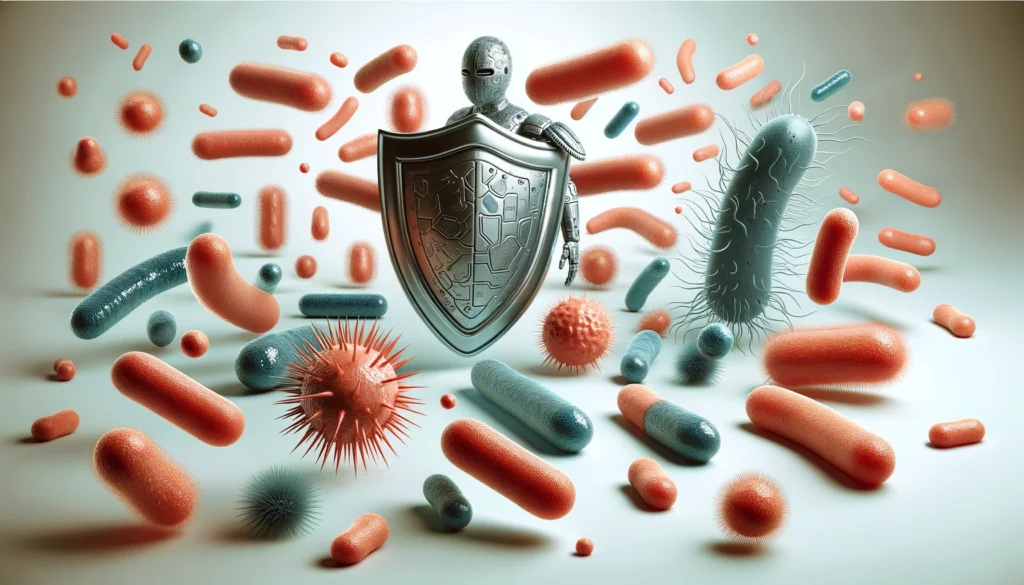
Bacteria are naturally talented at adapting to their environment. When exposed to antibiotics, those with mutations allowing them to survive the onslaught begin to proliferate. Over time, these resilient strains can become the dominant form, rendering the antibiotics less effective or even useless. It’s like a game of survival of the fittest, where only the strongest bacteria prevail, leading to infections that are increasingly difficult to treat.
This resistance does not mean our body is resistant to antibiotics; rather, it’s the bacteria themselves that become impervious to these drugs’ effects. It’s a global concern because it can happen with any type of bacteria, affecting the efficacy of antibiotics across the board and making standard infections much harder to cure.
How Does Antibiotic Resistance Spread?
The spread of antibiotic resistance is a masterclass in microbial ingenuity. Bacteria share their survival tactics like students exchanging notes before an exam, using several mechanisms to pass on their resistance traits to others. This transmission can occur in various ways:
- Conjugation: Think of it as bacterial networking. Here, one bacterium transfers a copy of its resistance genes to another through a direct connection, akin to passing a secret note in class. This method allows bacteria to rapidly share their armor against antibiotics, even among different species.
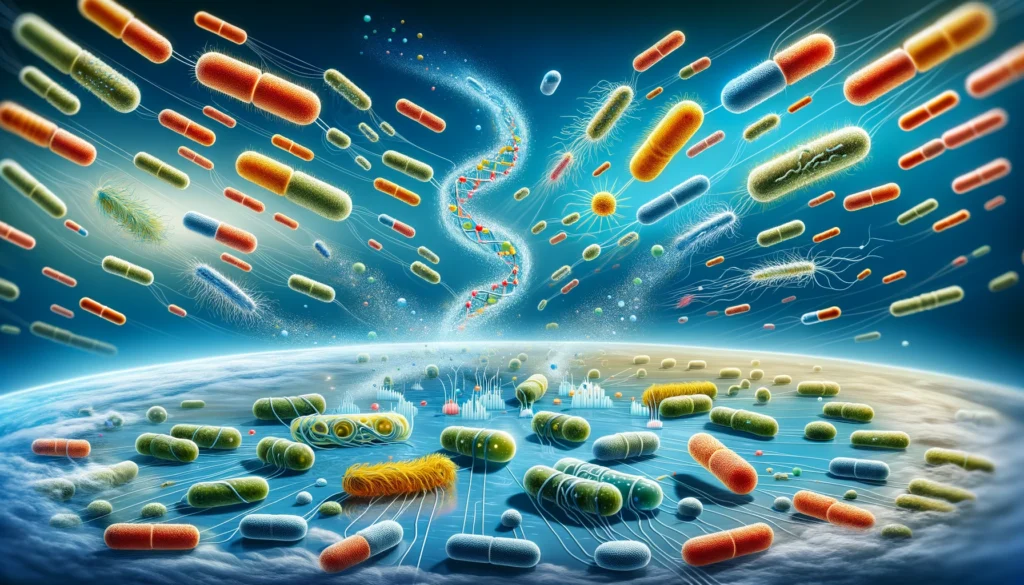
- Transformation: In this process, bacteria pick up stray pieces of DNA from their environment, which can include resistance genes left behind by dead bacteria. It’s as if they’re scavenging for useful tools that other bacteria have dropped, incorporating these into their own genetic makeup to bolster their defenses.
- Transduction: Sometimes, viruses that infect bacteria (bacteriophages) accidentally carry genetic material, including resistance genes, from one bacterium to another. This is like a bus accidentally picking up passengers from one stop and dropping them off at another, facilitating an unintentional exchange of resistance traits.
The misuse and overuse of antibiotics in humans and animals accelerate this process. When we use antibiotics unnecessarily or improperly, we create an environment that encourages bacteria to adapt and share their resistance traits. It’s like applying evolutionary pressure that pushes them to become superbugs, resistant to the very drugs designed to kill them.
This relentless spread of antibiotic resistance turns once-manageable infections into daunting health challenges, making it crucial to understand and address the mechanisms of this microbial exchange.
The Consequences of Antibiotic Resistance
Antibiotic resistance is not just a theoretical problem; it has tangible and severe consequences for public health worldwide. As bacteria become resistant to first-line treatments, infections become harder to cure, leading to prolonged illness, increased healthcare costs, and a higher risk of death.
- Increased Healthcare Burden: Resistant infections often require longer hospital stays, more complex and expensive treatments, and additional follow-up care. This increased burden on healthcare systems diverts resources away from other areas, straining already limited healthcare budgets.
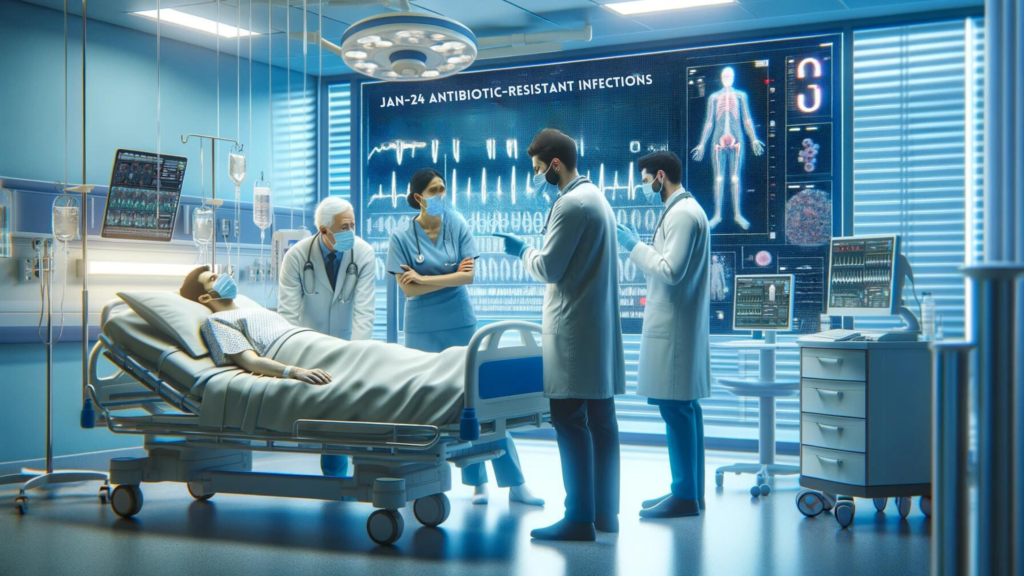
- Treatment Failures and Loss of Life: Perhaps the most dire consequence is the rise in treatment failures. Diseases that were once easily curable with antibiotics become deadly threats again. For example, resistant strains of tuberculosis and pneumonia are causing deaths that could have been prevented with effective antibiotics.
- Impact on Routine Medical Procedures: The threat of antibiotic resistance extends beyond treating infections. It jeopardizes the success of routine medical procedures, such as surgeries and chemotherapy, where antibiotics are used to prevent or treat bacterial infections. Without effective antibiotics, these procedures become much riskier.
- Global Health Threat: Antibiotic resistance knows no borders. Resistant bacteria can spread from person to person, through international travel, and in imported food and animals. This global transmission makes antibiotic resistance a worldwide concern that requires international cooperation to manage.
The ripple effects of antibiotic resistance touch every part of society, emphasizing the need for urgent action to combat this growing threat.
Combating Antibiotic Resistance
Tackling the challenge of antibiotic resistance requires a multifaceted approach, involving individuals, healthcare professionals, policymakers, and the global community. Here’s how we can fight back against this growing threat:
- Prudent Use of Antibiotics: The cornerstone of combating antibiotic resistance is the judicious use of antibiotics. This means prescribing them only when necessary and following the prescribed course to the letter. As individuals, we should never pressure healthcare providers for antibiotics and should only take them as prescribed.
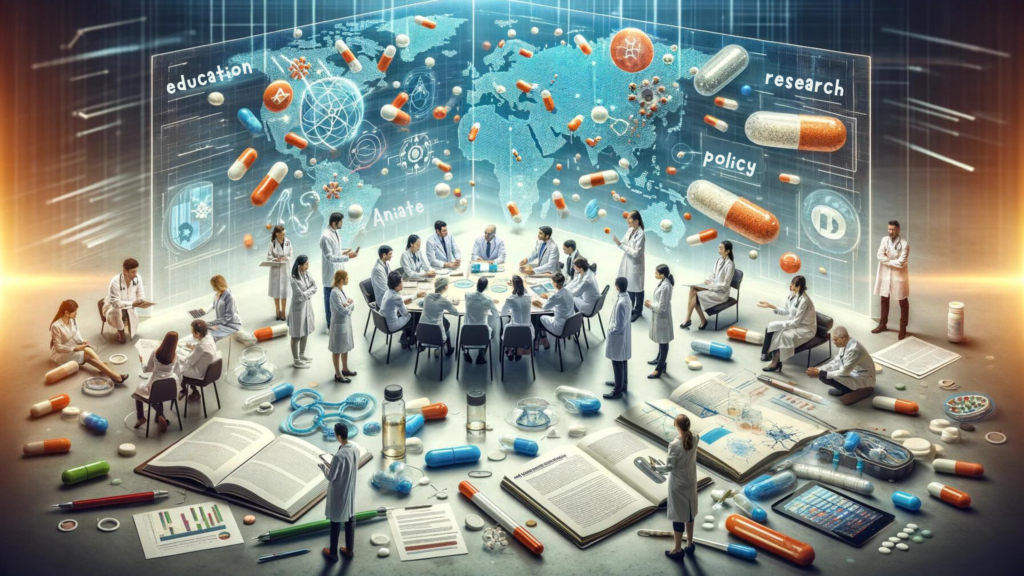
- Stewardship Programs: Healthcare facilities can implement antibiotic stewardship programs to oversee and optimize the use of antibiotics. These programs aim to ensure that every patient receives the most appropriate antibiotic, at the right dose, and for the correct duration.
- Surveillance and Research: Monitoring the spread of antibiotic resistance helps in understanding its patterns and devising strategies to counter it. Research into new antibiotics, as well as alternative treatments like bacteriophage therapy and vaccines, is crucial for staying ahead of resistant bacteria.
- Public Education and Awareness: Increasing awareness about the dangers of antibiotic resistance and the importance of appropriate antibiotic use is essential. Education campaigns can help the public understand why it’s important not to misuse antibiotics.
- Global Cooperation: Antibiotic resistance is a global problem that requires global solutions. International collaboration is needed to track resistance patterns, share data, and coordinate efforts to reduce the spread of resistance.
By taking these steps, we can slow the spread of antibiotic resistance and safeguard the effectiveness of antibiotics for future generations.
Conclusion
Antibiotic resistance poses a significant threat to our health and the efficacy of medical treatments. However, through collective action, education, and responsible antibiotic use, we can mitigate this threat. It’s crucial for each of us to play our part in this global fight, ensuring that antibiotics remain a pillar of modern medicine. Let’s embrace our role in preserving these vital drugs for the health and well-being of future generations.

Author’s Note
Thank you for taking the time to read about the critical issue of antibiotic resistance. As we navigate through the complexities of this challenge, it’s essential for us to understand the mechanisms behind it and the collective efforts needed to combat its rise. Your awareness and actions can make a significant difference in this global fight. Let’s stay informed and proactive in preserving the efficacy of antibiotics for future generations.
G.C., Ecosociosphere contributor.
References and Further Reading
- “The Antibiotic Paradox: How Miracle Drugs Are Destroying the Miracle” by Stuart B. Levy – This book offers an in-depth look at the problem of antibiotic resistance and the factors contributing to this crisis.
- “Superbugs: An Arms Race against Bacteria” by William Hall, Anthony McDonnell, and Jim O’Neill – Provides a comprehensive overview of the superbug crisis and discusses potential solutions to combat antibiotic resistance.
- “Missing Microbes: How the Overuse of Antibiotics Is Fueling Our Modern Plagues” by Martin J. Blaser – Explores how the overuse of antibiotics is leading to the loss of essential bacteria and the rise of resistant strains.

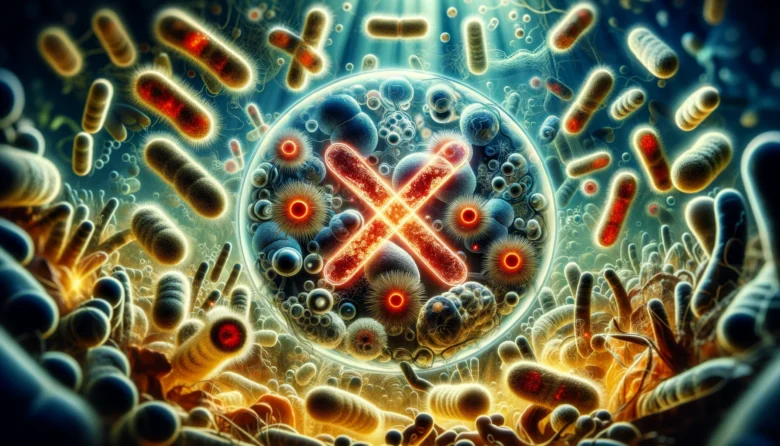



Comments
Your point of view caught my eye and was very interesting. Thanks. I have a question for you.
Your article helped me a lot, is there any more related content? Thanks!
Your point of view caught my eye and was very interesting. Thanks. I have a question for you.
Thanks for sharing. I read many of your blog posts, cool, your blog is very good.
Thanks for sharing. I read many of your blog posts, cool, your blog is very good.